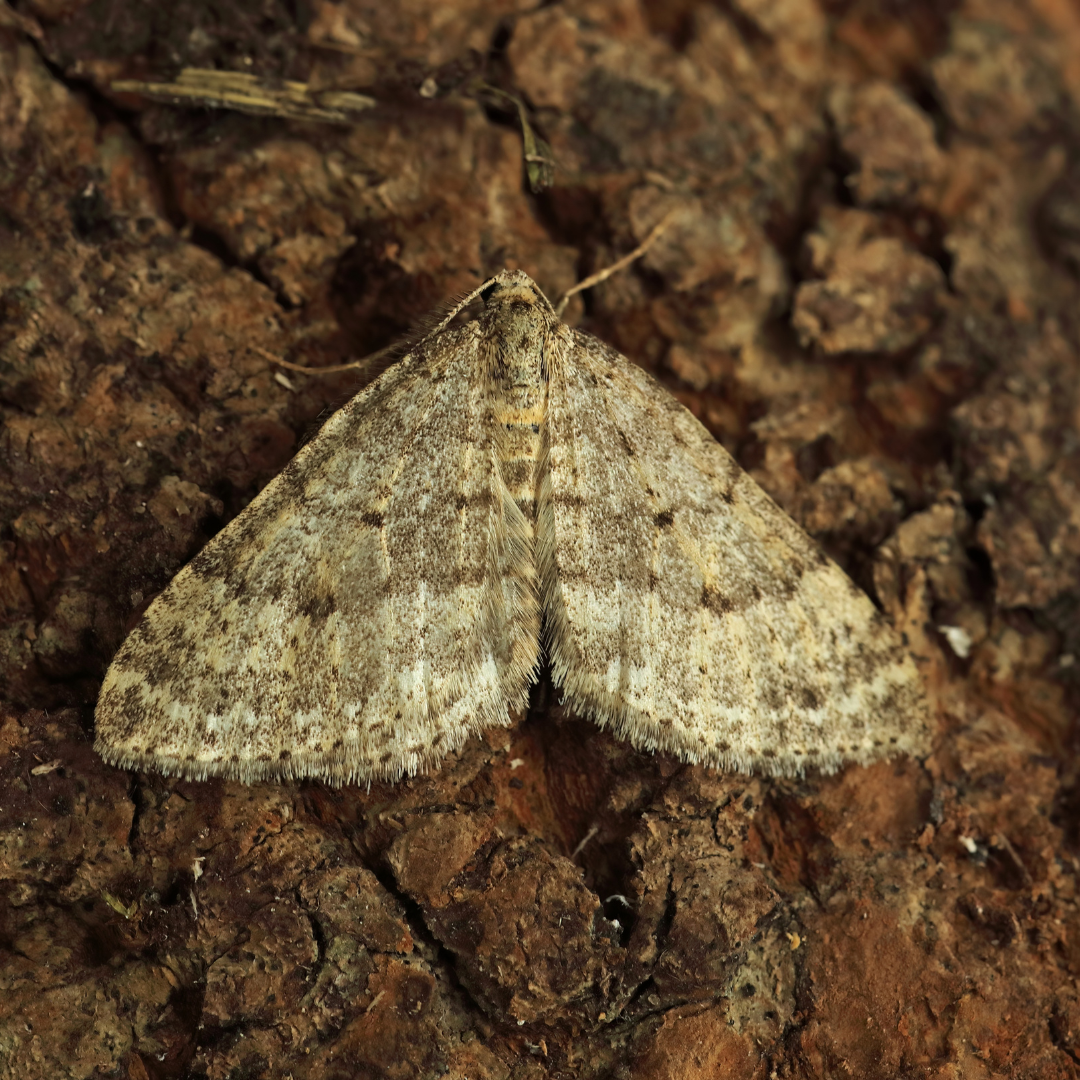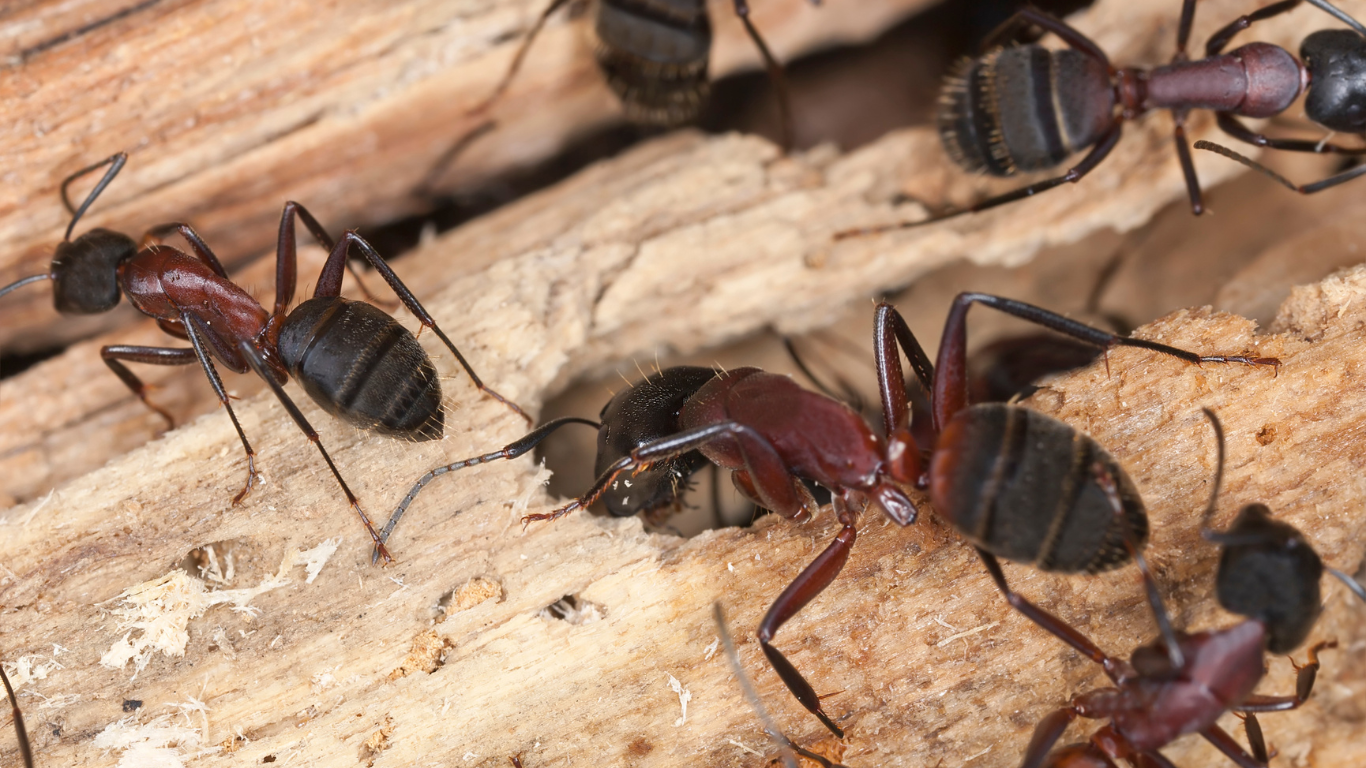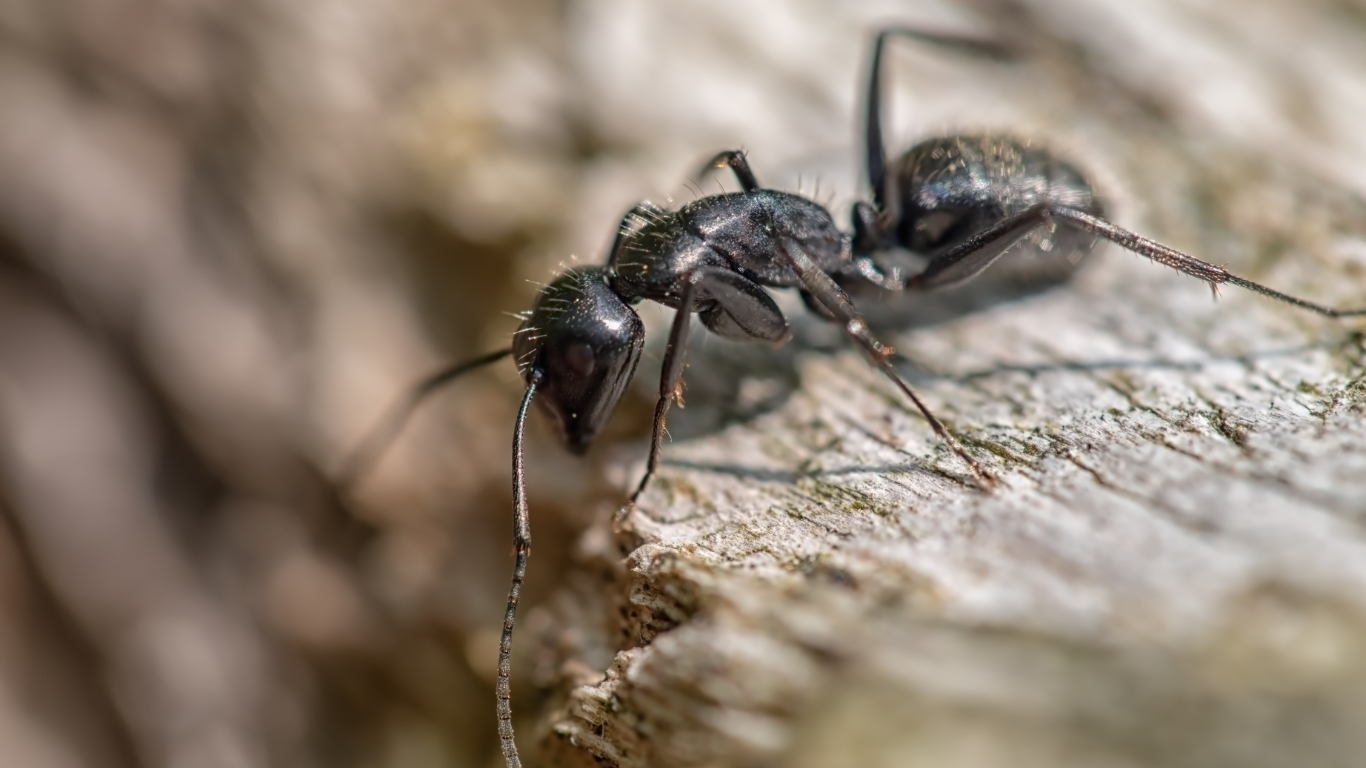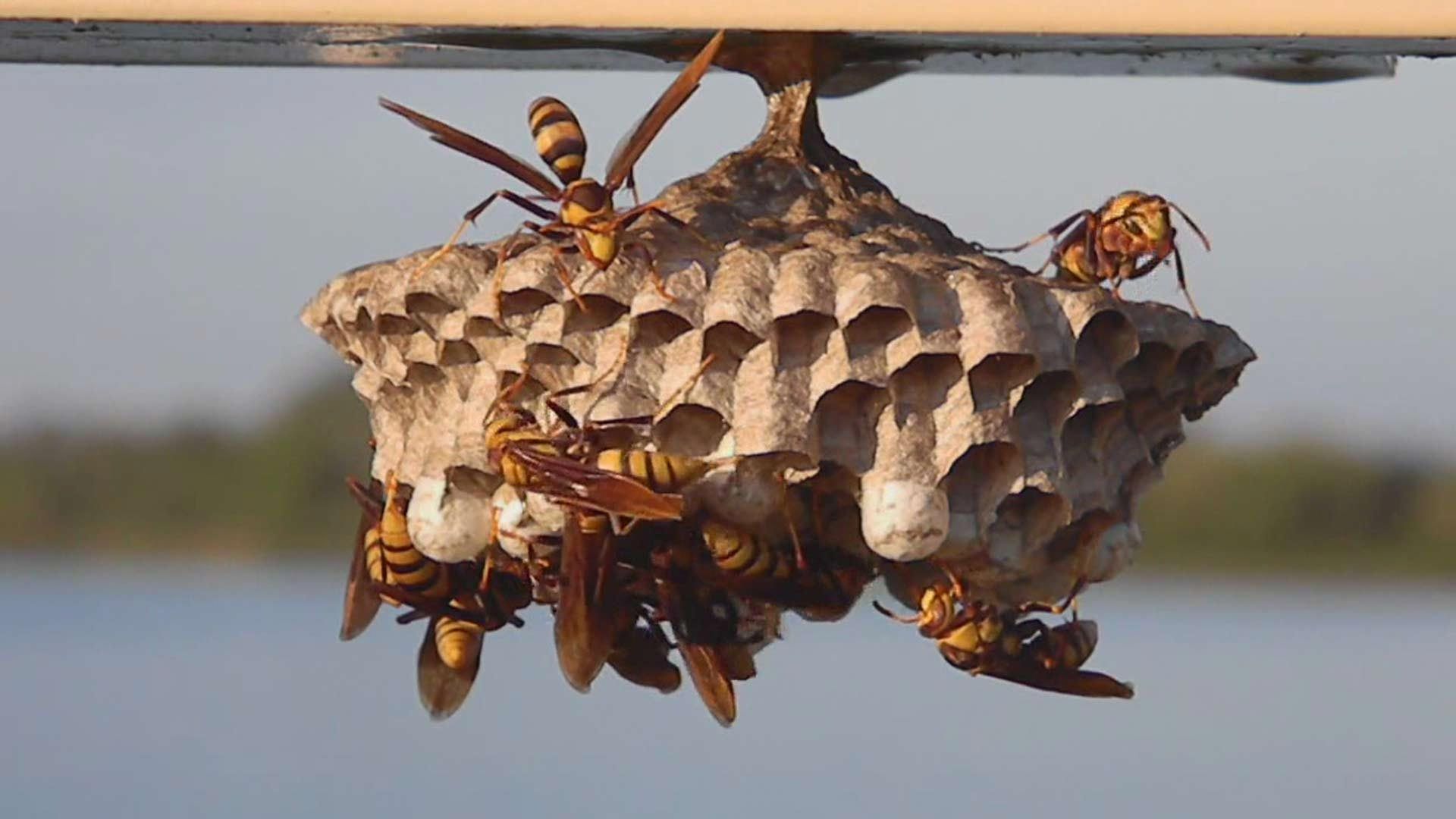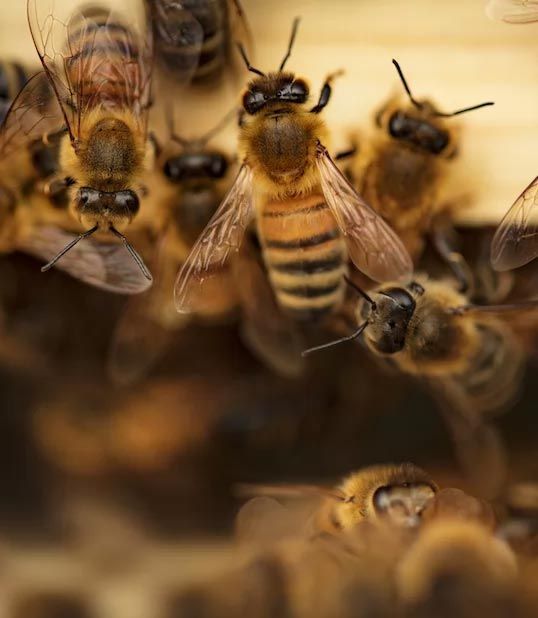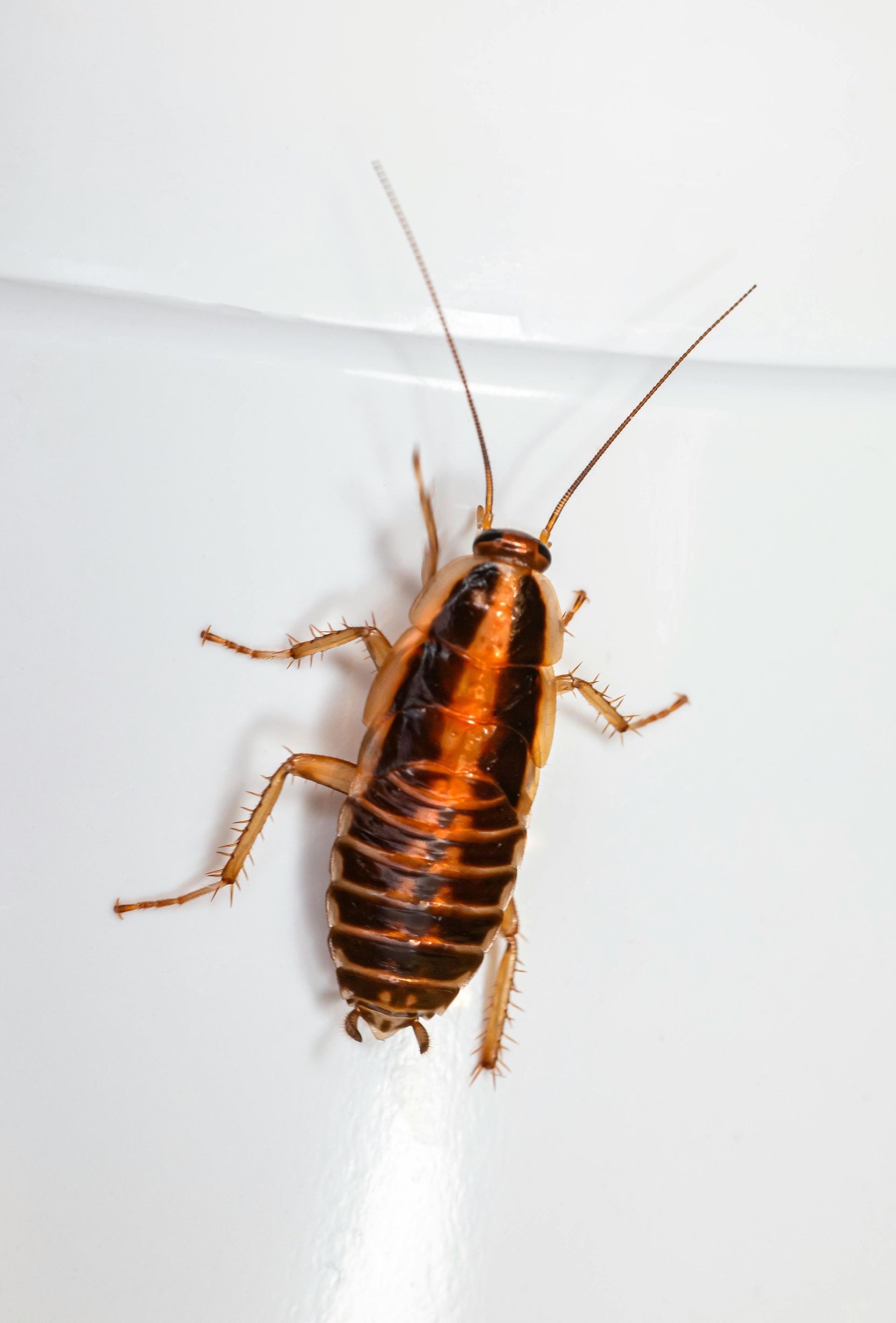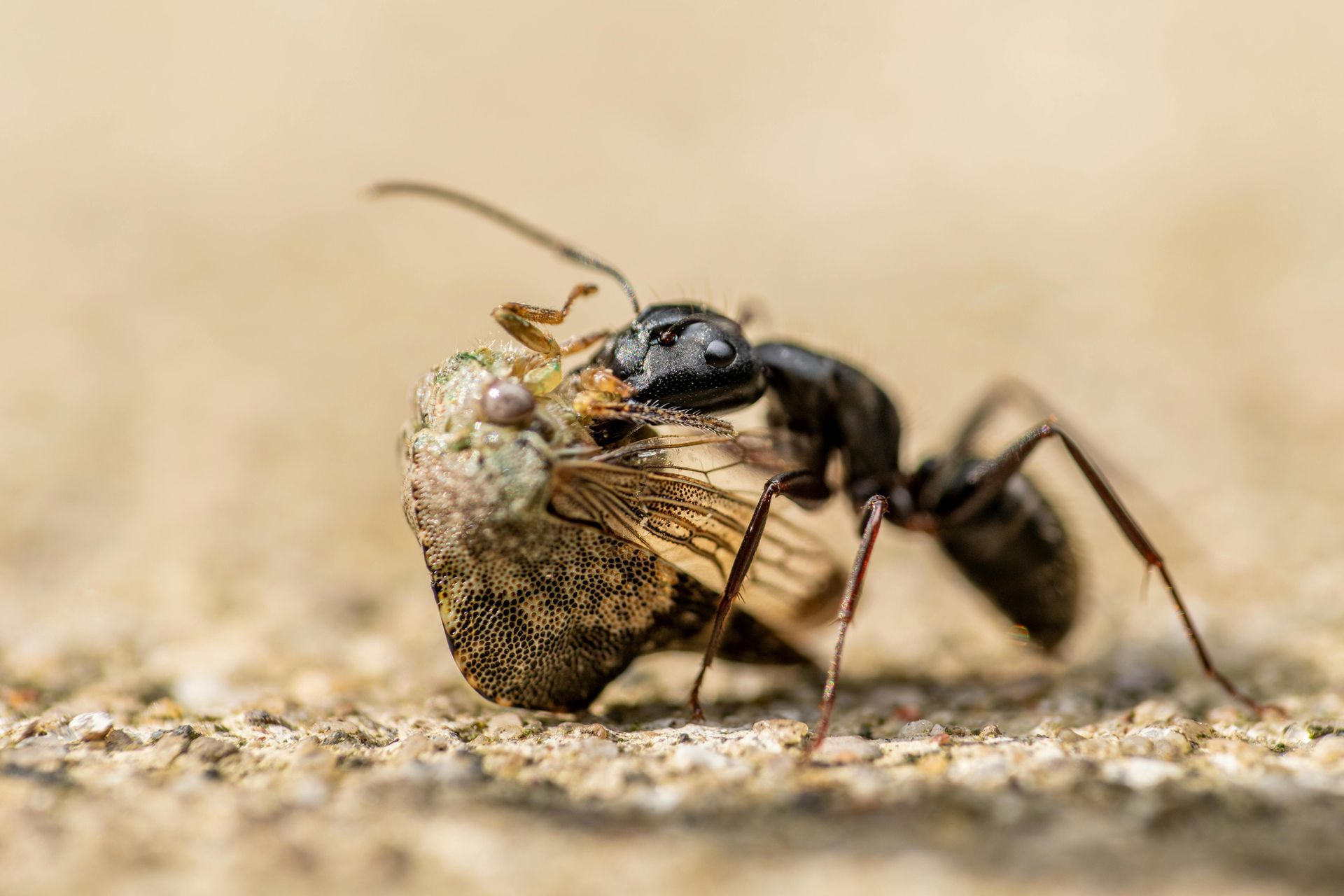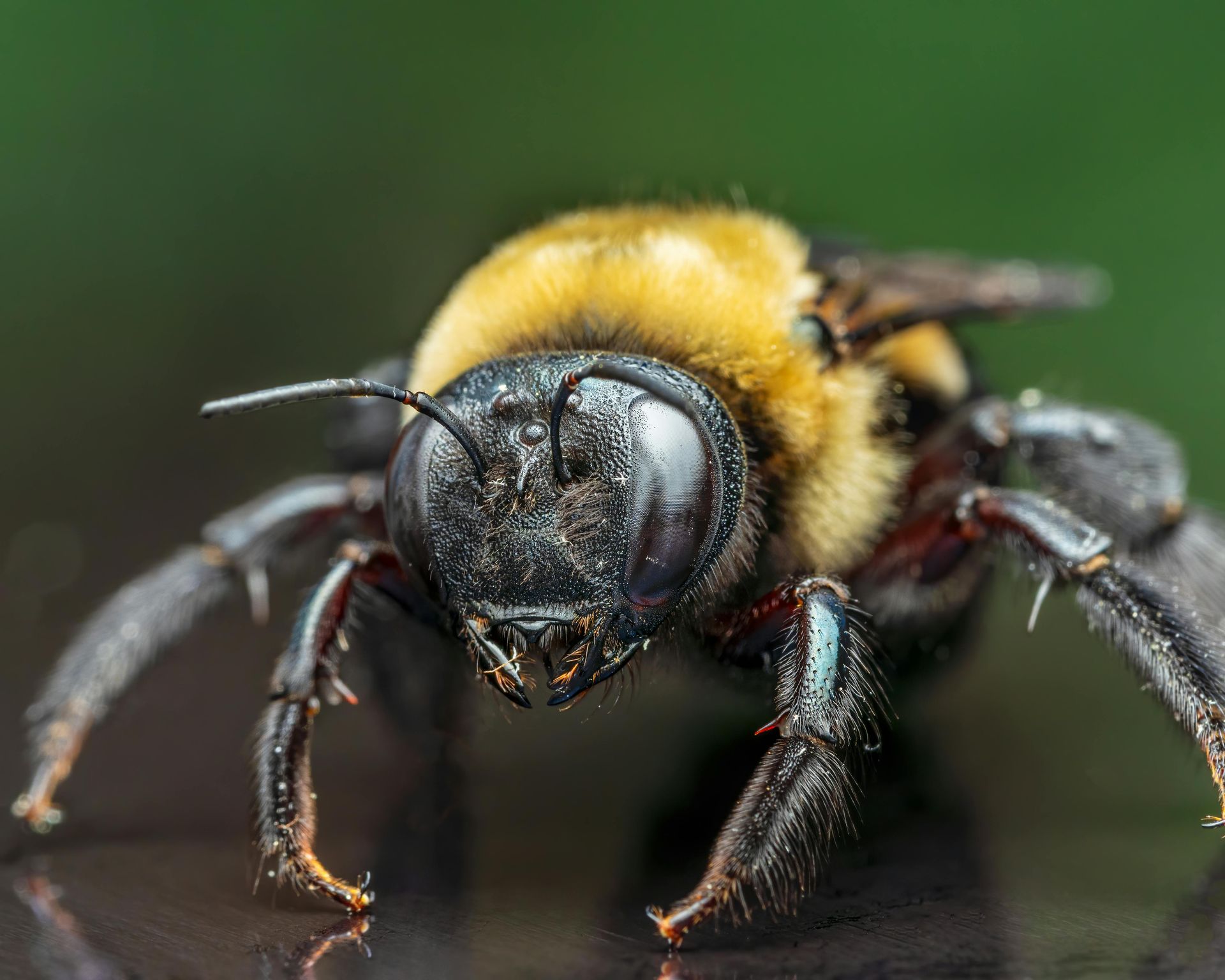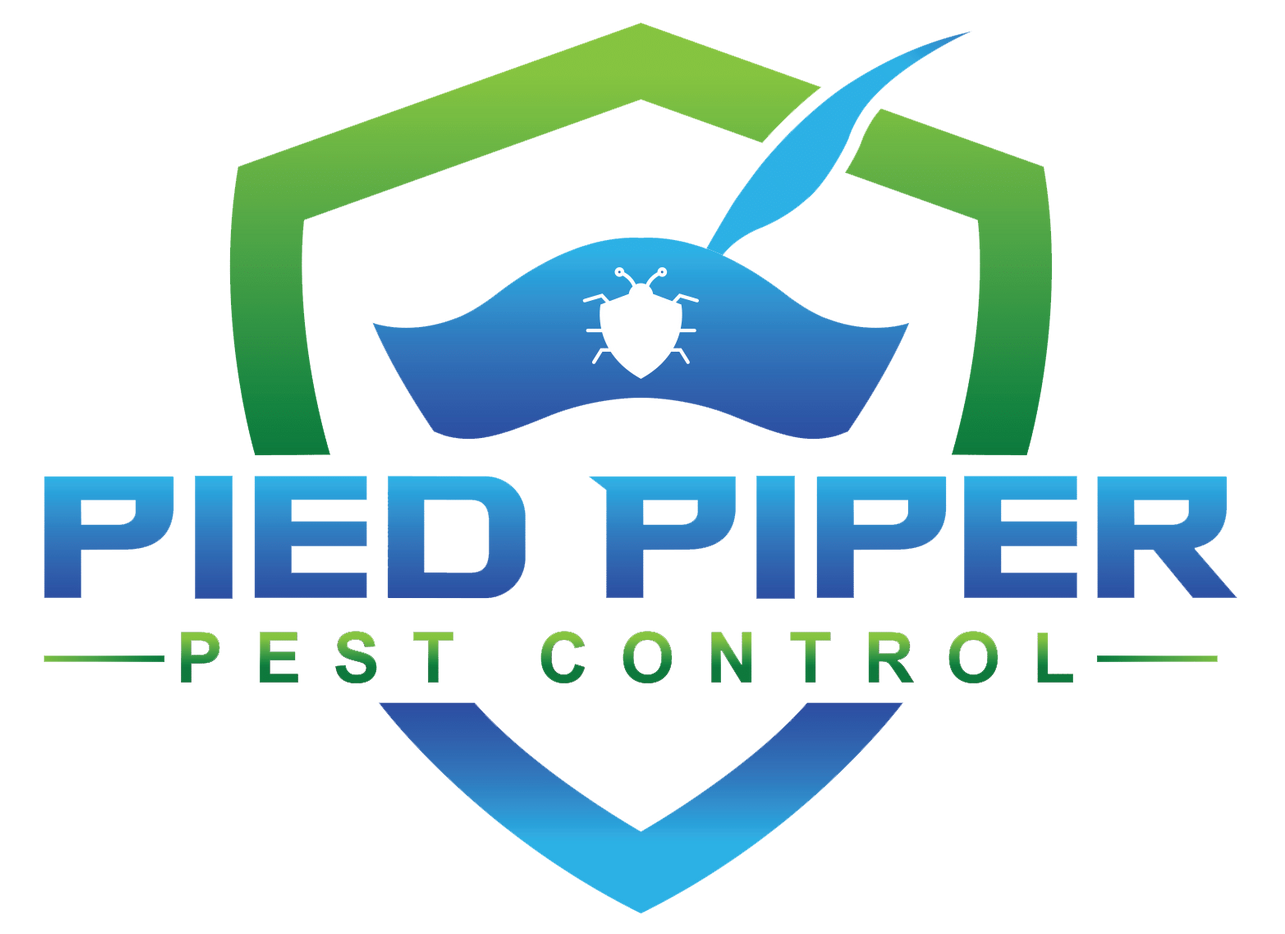Do Moths Eat Clothes? Prevention and Control Tips for Long Island Homes
This is a subtitle for your new post
If you've ever pulled a favorite sweater out of storage only to find it riddled with holes, you're not alone. Clothes moths are a persistent problem, especially in areas like Long Island, where the changing seasons often necessitate storing away seasonal wardrobes. But do moths really eat clothes? And more importantly, how can you protect your belongings from damage?
At Pied Piper Pest Control, we specialize in identifying and eliminating pest problems, including clothes moth infestations, so your wardrobe remains intact and your home pest-free. Let’s delve into what you need to know about clothes moths, their habits, and how to keep them at bay.
What Are Clothes Moths?
Clothes moths are small, golden-colored insects known for their appetite for natural fibers like wool, silk, and cotton. Contrary to popular belief, it’s not the adult moths but their larvae that cause damage. Female moths lay eggs in dark, undisturbed areas, such as closets and storage bins. These eggs hatch into larvae, which feed on keratin—a protein found in natural fibers.
While these pests might seem insignificant at first glance, they can cause significant damage to clothing, upholstery, and carpets if left unchecked. Our residential pest control services ensure your home is safe from such costly nuisances.
Learn more about our Long Island pest control solutions here.
How to Identify a Clothes Moth Problem
Spotting a moth infestation early is key to minimizing damage. Here’s what to look for:
- Irregular Holes in Fabrics: The most common sign is small, uneven holes in clothing, blankets, and upholstery.
- Larvae or Cocoons: Clothes moth larvae resemble tiny, creamy-white caterpillars, often found on infested fabrics.
- Adult Moths: Although adult moths don’t eat fabric, their presence near closets or storage areas can indicate an infestation.
- Frass: This is a sandy-looking residue left behind by larvae as they feed on fibers.
If you notice any of these signs, it’s time to act. At Pied Piper Pest Control, we provide expert pest management solutions to eliminate moths and other pests swiftly and effectively.
Do Moths Eat Clothes? Myth vs. Reality
While it’s true that some moth species can destroy clothing, not all moths are a threat. Only a few species, such as the webbing clothes moth and the casemaking clothes moth, have larvae that feed on natural fibers.
These larvae target:
- Wool sweaters and coats
- Silk scarves
- Cotton or wool upholstery
- Stored rugs and carpets
The damage is often worse in stored items, as these pests thrive in undisturbed, dark areas. If you're noticing repeated fabric damage in your home, consider reaching out to us for a professional inspection.
Schedule a service with our Long Island pest control experts today.
Prevention Tips to Keep Clothes Moths Away
Prevention is always better than cure. Here are some practical steps you can take to deter clothes moths:
- Clean Before Storage: Wash or dry-clean clothes before putting them away for the season. Dirty fabrics attract moths.
- Use Airtight Containers: Store off-season clothing in sealed plastic bins or vacuum-sealed bags to prevent moth access.
- Vacuum Regularly: Pay special attention to areas under furniture, along baseboards, and inside closets.
- Use Moth Deterrents: Cedar blocks, lavender sachets, and mothballs can repel moths naturally.
- Inspect Secondhand Items: Moths can hitch a ride on used clothing or furniture, so inspect these items carefully before bringing them home.
If these measures don’t resolve the issue, our team at Pied Piper Pest Control is here to help with eco-friendly, effective treatments tailored to your needs.
Why Moth Control Matters on Long Island
Long Island's humid summers and chilly winters create the perfect environment for pests like clothes moths. The seasonal changes often require residents to store clothing, which increases the risk of moth damage if precautions aren’t taken.
As a family-owned business, Pied Piper Pest Control has been serving Long Island and the surrounding metro area with reliable pest control services for years. Whether you're dealing with moths, bed bugs, or rodents, we have the tools and expertise to protect your home and belongings.
Learn more about our residential pest control services here.
Professional Solutions for Clothes Moth Problems
DIY solutions may help deter clothes moths, but professional intervention is often necessary for long-term control. At Pied Piper Pest Control, we follow a proven approach:
- Comprehensive Inspection: We identify the extent of the infestation and locate the source.
- Tailored Treatment Plans: Our eco-friendly treatments are customized to address your specific needs.
- Follow-Up Services: We provide ongoing support to ensure the problem doesn’t return.
Our 24/7 emergency pest control services mean you never have to wait for help. With our licensed and insured team, you can trust that your home and belongings are in expert hands.
Conclusion: Protect Your Wardrobe with Pied Piper Pest Control
Clothes moths may be small, but their impact can be significant. By taking preventive measures and seeking professional help when needed, you can protect your clothing and keep your home moth-free.
If you suspect a moth infestation or want to safeguard your wardrobe, Pied Piper Pest Control is here to help. With our reliable and eco-friendly pest management services, we’ll ensure your Long Island home stays pest-free.
Contact us today to schedule a service or learn more about our pest control solutions.



